總編輯專訪 〜 株式會社 Cyfuse 代表董事 秋枝靜香
全球約有 50 家企業正在開發可製造細胞組織的 3D 生物列印機,其中,能夠將技術推向市場、進行實際銷售的企業僅約 10 家。株式會社 Cyfuse 便是其中的佼佼者,該公司以獨創的「劍山法(剣山メソッド)」為核心技術,實現了可移植的組織與器官再生。這項技術的關鍵,在於運用與生花用剣山相似的機構,將直徑 0.2 毫米 的極細針陣列作為基礎,讓細胞層層堆疊,從而構建可用於再生醫療的血管、神經細胞等組織。如今,曾在學生時代與世界強隊競技的「理科系女子(リケジョ)」,如今以創業家的身份再度向世界挑戰。這次,JSTORIES 總編輯專訪了 Cyfuse 代表董事秋枝靜香,深入探討這場前沿醫療科技的突破之旅。
・・・
JSTORIES - 許多創業型新創企業的創辦人,在學生時代都曾全心投入某項熱愛的事物。目前站在 3D 生物列印技術最前線的日本生技公司——株式會社 Cyfuse(總部:東京都港區),正致力於推動再生與細胞醫療的革新。而該公司代表秋枝靜香,在成為如今的「理科系女子(リケジョ)」之前,竟然曾經熱衷於足球,這段經歷或許超乎許多人意料之外。
僅僅因為其結構與足球相似,就深深愛上了由正六角形組成的「苯環(ベンゼン環)」,並由此開始沉迷於化學研究。
「動機很不純吧?」秋枝女士笑著回憶起在福岡度過的高中時光。在足球方面,她的實力非凡,曾在高中與大學時期雙雙入選日本代表隊。然而,當時女子足球尚未像今日的「粉櫻日本(なでしこジャパン)」般受到關注,她並不認為自己能以職業球員的身份長久發展。
.jpg)
之後,秋枝女士進入研究所深造,並在從事骨肉瘤研究的過程中,逐漸萌生了強烈的信念——「我想為那些因病失去雙腿的孩子們做些什麼。」就在這時,她接觸到了九州大學醫學部的研究團隊,並發現他們正在開發一種日本獨創的再生器官製造技術——「劍山法(剣山メソッド)」,這成為她投入再生醫療的契機。
「劍山法(剣山メソッド)」是一種再生醫療技術,其原理類似於生花用的劍山,透過直徑 0.2 毫米的極細針陣列作為基礎,將細胞逐層堆疊,從而培養出可用於再生醫療的血管、神經細胞等組織。秋枝女士表示:「這是一種極具日本特色的技術,甚至可以說接近職人技藝,需要極大的耐心與精細操作。」
秋枝女士加入「劍山法(剣山メソッド)」的研究與開發,隨後與團隊共同推動技術商業化,並擔任 Cyfuse 代表董事。
「(3D)列印機尚未問世時,我曾經花上 20 個小時,親手一層一層地將細胞堆疊在劍山上。一遍又一遍,默默地、不停地重複這個過程。雖然辛苦,但也別有樂趣。」秋枝女士描述 15 年前研究當時的情景。
隨著 3D 生物列印機的導入,作業效率提升了 40 倍,使得「劍山法(剣山メソッド)」成為再生醫療的一項可行選擇,並逐步邁向實用化。目前,若是約 3 公分大小的血管或神經細胞,只需數小時便可完成製造,大幅縮短了過去耗時費力的手工堆疊過程。
運用這項技術製造的神經組織等,已在日本進行臨床試驗,並成功移植至約 10 名患者,驗證了其在實際醫療應用中的可行性。
.JPG)
「劍山法(剣山メソッド)」最大的優勢在於,它不僅適用於實驗與研究用途,更能培養出可實際移植的組織與器官。對此,秋枝女士如此解釋其關鍵原因。
「其他公司的 3D 生物列印機在製造組織時,一定會摻入凝膠(Gel)、膠原蛋白(Collagen)或其他人工材料。但我們的技術是全球唯一能夠僅使用細胞進行組織構建的技術。」秋枝女士如此說道。她進一步解釋,若混合凝膠等材料,雖然能夠塑造出器官的形態,但在移植後,由於人體內的溫度影響,這些材料會溶解,導致器官無法實際使用。這也是 Cyfuse 的技術能夠真正邁向移植應用的關鍵優勢。
透過「劍山法(剣山メソッド)」製造的器官不會出現溶解問題,並且可以進行縫合,確保其可用於實際移植。秋枝女士表示:「如果目標是製造真正可供移植的器官,那麼目前能夠做到這一點的,大概只有我們的技術與設備。」
全球約有 50 家企業正在開發可製造細胞組織的 3D 生物列印機,其中,能夠將技術推向市場並進行實際銷售的公司僅約 10 家,而 Cyfuse 便是其中之一。截至目前,Cyfuse 已在日本與美國銷售約 30 台 3D 生物列印機。這些設備大多數提供給醫療機構,用於與臨床現場共同研究器官製造技術,以推動再生醫療的發展。
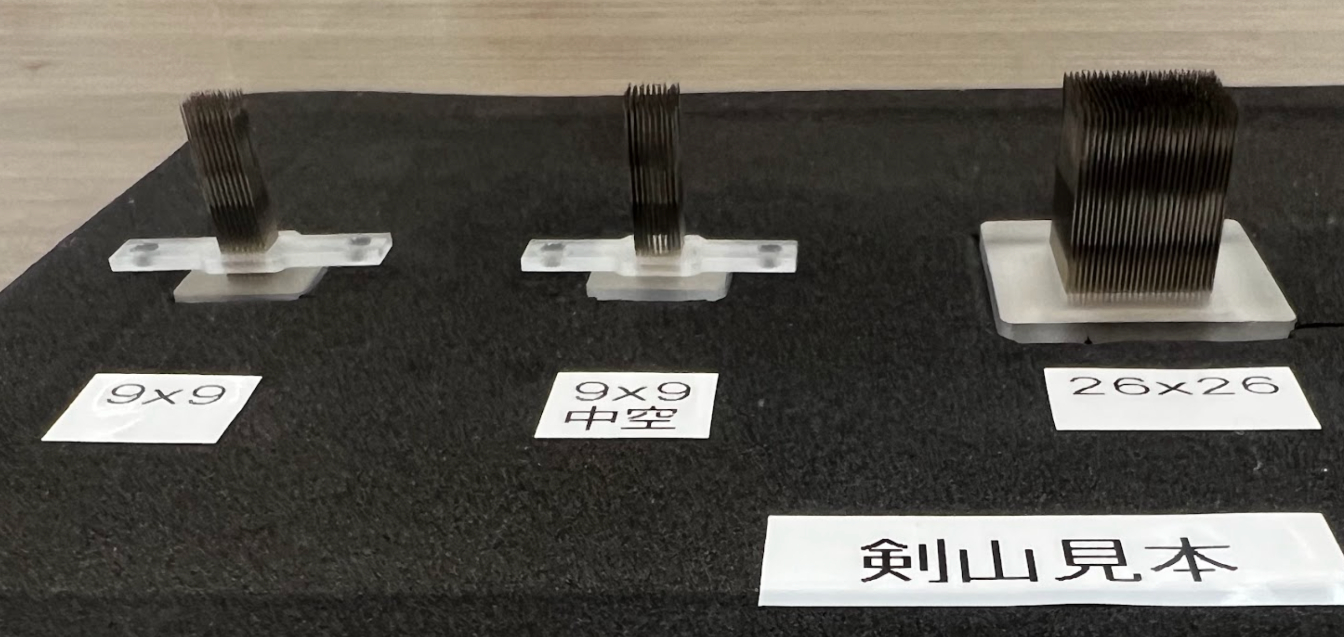
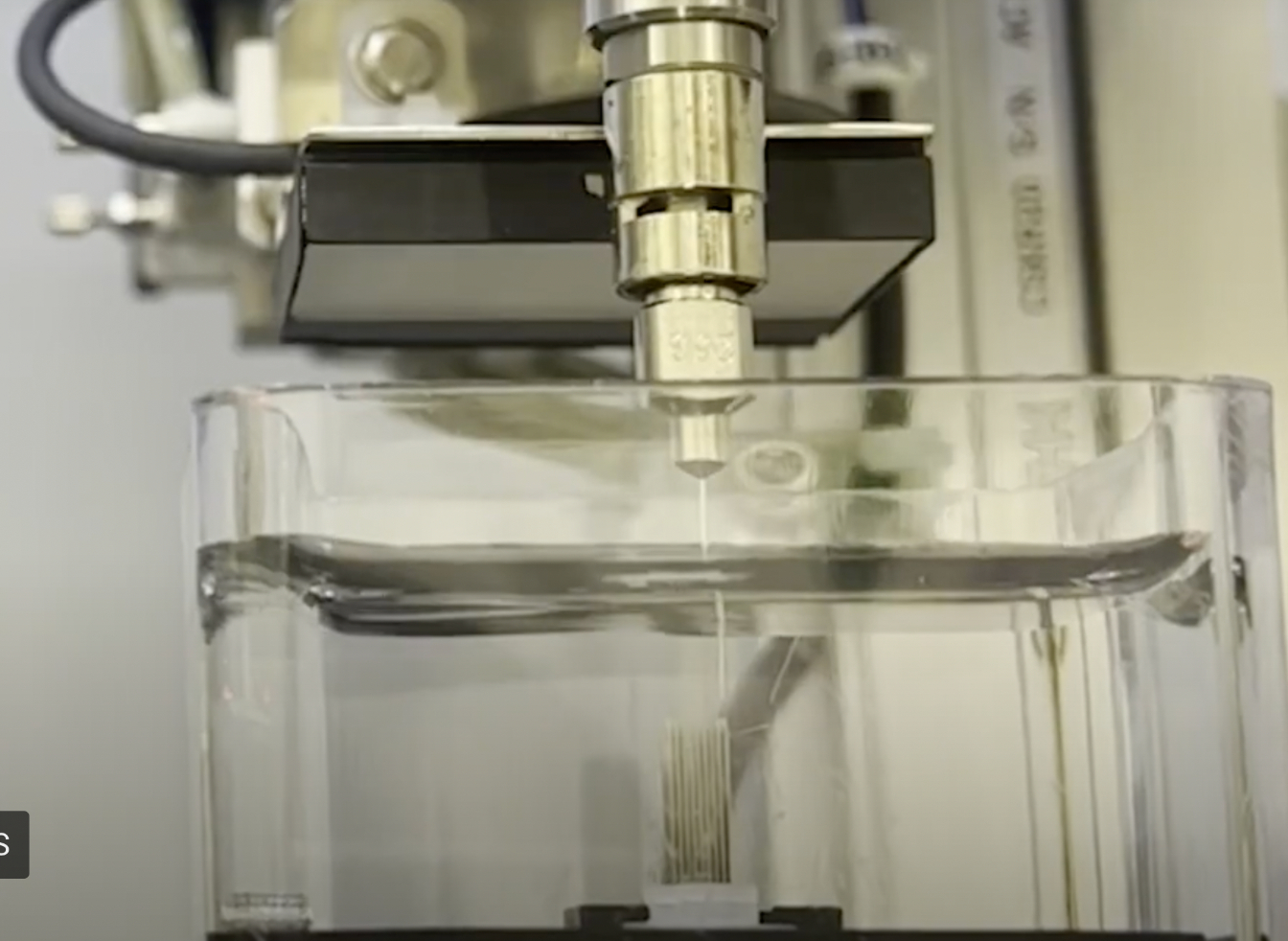
根據市場調查機構 MarketsandMarkets Research 最新報告,全球 3D 生物列印市場的總收入在 2024 年 估計為 13 億美元(約 2,000 億日圓),並預測到 2029 年將達到 24 億美元(約 3,800 億日圓)。該市場預計在 2024 年至 2029 年期間以年均 13% 左右的速度穩步增長,顯示出 3D 生物列印技術的快速發展與潛在商機。
學生時代,秋枝女士曾在足球場上與世界強隊競技,如今,她正準備在再生醫療這一全新領域再次挑戰全球市場。目前,Cyfuse 已與美國史丹佛大學(Stanford University)、約翰霍普金斯大學(Johns Hopkins University)等全美頂尖醫療機構展開共同研究,並積極規劃進軍美國與歐洲市場,為再生醫療技術的全球應用奠定基礎。
「這項技術的一大優勢在於,患者可以使用自己的細胞,製造出適合自身移植的組織或器官。」秋枝女士表示。她進一步解釋:「同時,我們也致力於開發一種從出口端進行客製化的技術。也就是說,根據每位患者的身體需求,在體內調整所需器官的大小與功能。為了實現這一目標,我們計畫進軍美國市場,推動這項技術的發展與應用。」
.jpg)
.jpg)
秋枝女士並不認為 3D 生物列印技術能夠讓人類實現不老不死,或是完全消除疾病帶來的痛苦。
「我們雖然不是醫生,但希望能為醫療領域提供一種全新的治療選擇。」秋枝女士表示。「現在有手術,也有藥物,我們希望再生醫療能成為其中的一環,並且讓患者能夠選擇使用自己的細胞或他人的細胞來製造適合的移植組織或器官,提供更多元的治療方案。」
秋枝女士的願景是,這項技術有望在 5 到 6 年內成為現實,真正應用於臨床醫療,為患者提供可行的治療選擇。
「我們的目標是,到 2030 年左右,讓患者在就近的醫院就能選擇這項治療方案,使再生醫療成為可行的選項之一。」
同時,秋枝女士也自省地表示,考慮到海外競爭對手的發展速度,這個時間表並不算快。她深知,全球的技術競爭激烈,必須加快腳步才能在市場上占有一席之地。從足球場到再生醫療領域,秋枝女士向世界發起的第二次挑戰,正迎來真正的決戰時刻。
撰文:前田利継(總編輯) 編輯:北松克朗
首圖攝影:前田利継
關於本篇報導的諮詢,請聯繫:jstories@pacificbridge.jp
***
本篇報導的英文版可在此查看。
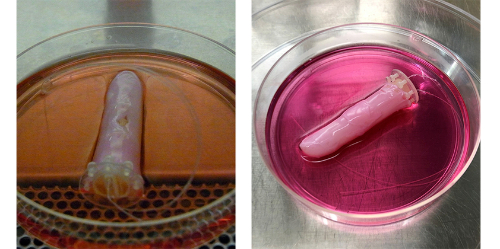

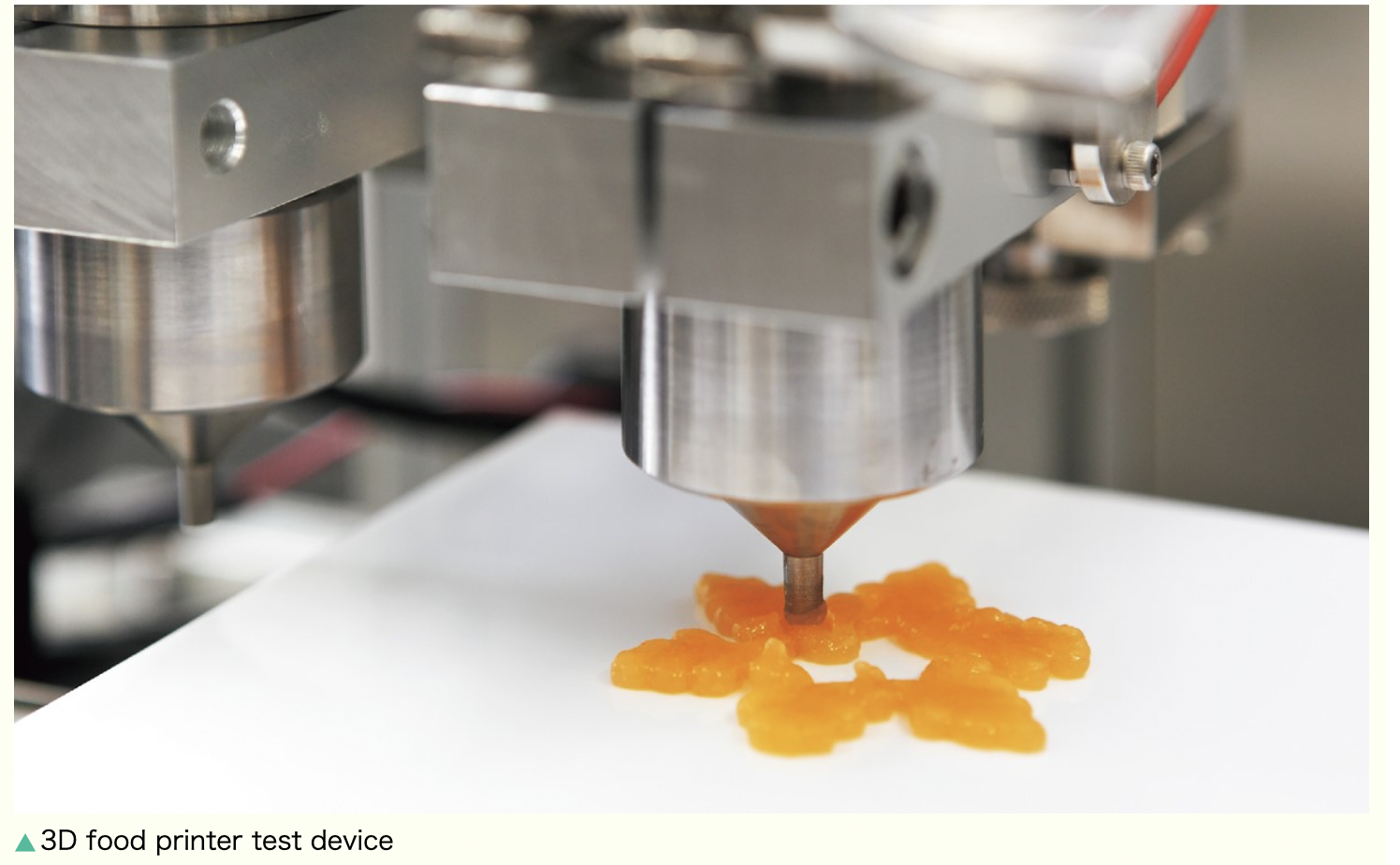
_smallthumbnail.jpg)
_bigthumbnail.jpeg)











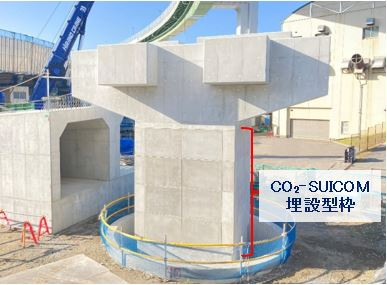


![[PODCAST] 如何打造成功的新創企業社群(第2集)](https://storage.googleapis.com/jstories-cms.appspot.com/images/1748493203370business-man-holding-light-bulb-social-network-2024-10-31-22-37-36-utc_smallthumbnail.jpg)



緑内障の視神経再生をお願いします